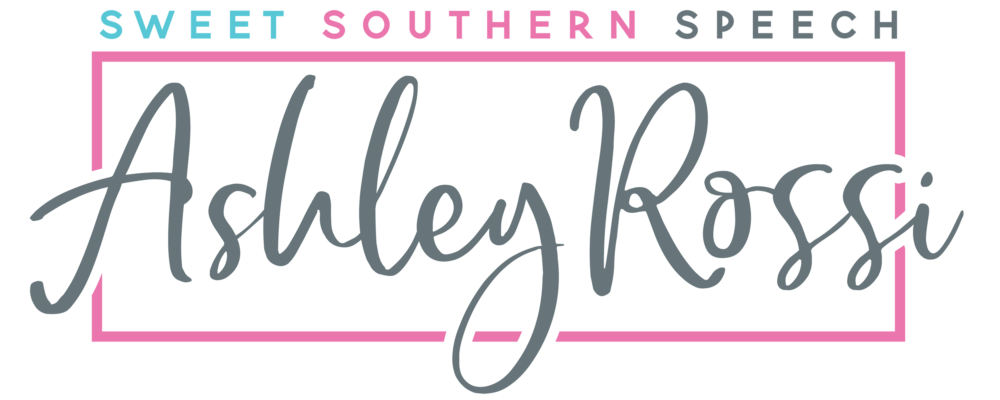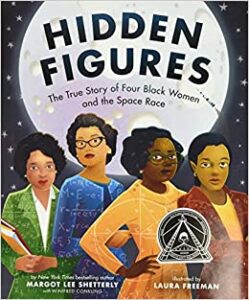Dorothy Vaughan, Mary Jackson, Katherine Johnson, and Christine Darden were good at math…really good. They participated in some of NASA’s greatest successes, like providing the calculations for America’s first journeys into space. And they did so during a time when being black and a woman limited what they could do. But they worked hard. They persisted. And they used their genius minds to change the world. In this beautifully illustrated picture book edition, we explore the story of four female African American mathematicians at NASA, known as “colored computers,” and how they overcame gender and racial barriers to succeed in a highly challenging STEM-based career. “Will inspire girls and boys alike to love math, believe in themselves, and reach for the stars.”
This motivational Black History and Women’s History Month book can be used in speech therapy to address social/emotional issues like perseverance and racial and gender equality. It is also great for character analysis and for targeting comparing and contrasting as well as for a variety of verbs, sequencing and inferencing! It is also great for targeting sounds including: /th/ final, /air/, /bl/, and /pl/! Discover more of the speech and language teaching concepts for using Hidden Figures: The True Story of Four Black Women and the Space Race in speech therapy below:



